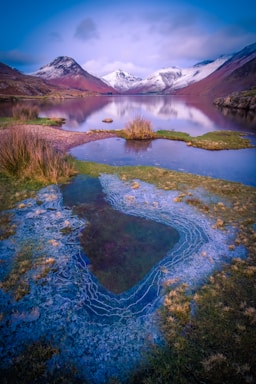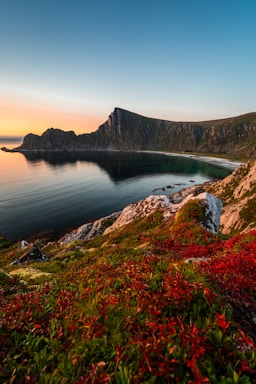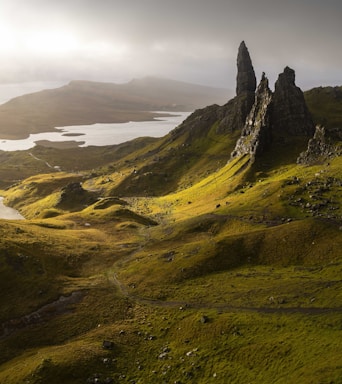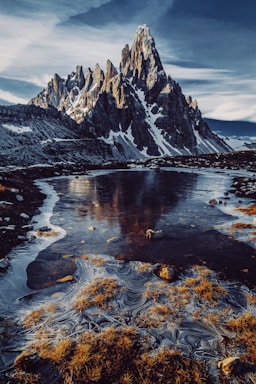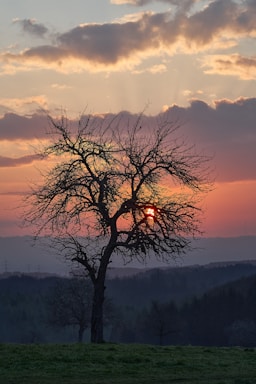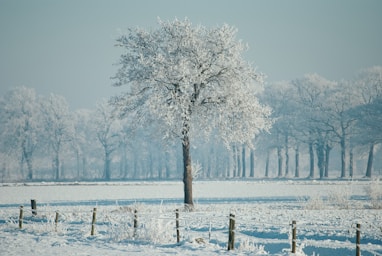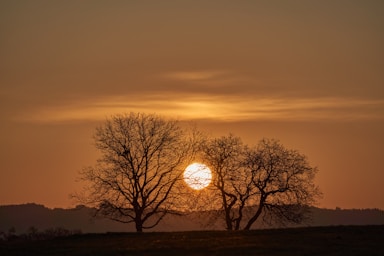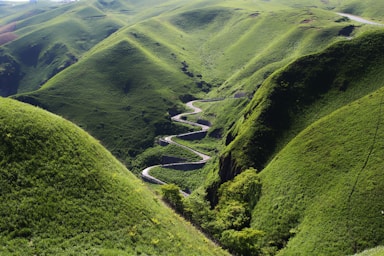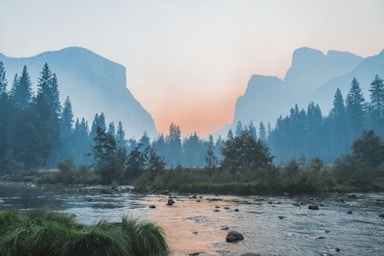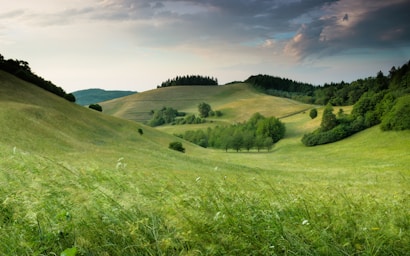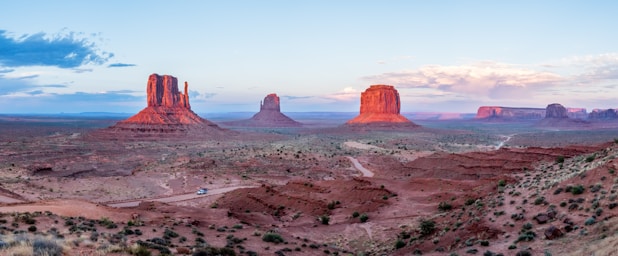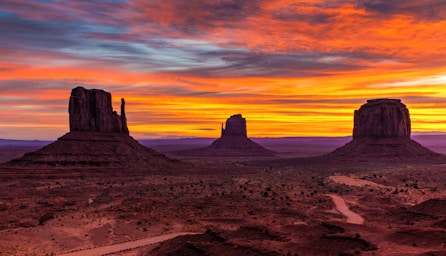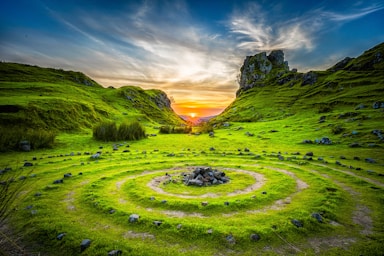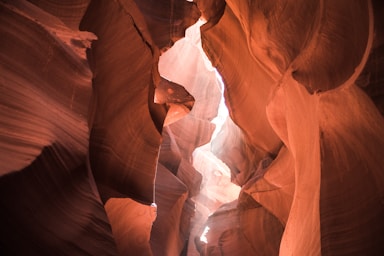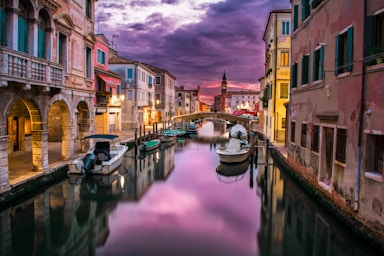Landscapes Alive: Evoke Emotions Through the Power of Nature
Exceptional landscape photograph is born from mastering composition, harnessing optimal lighting, and evoking emotion. Composition directs the viewer's gaze, utilizing leading lines, balance, and perspective to create captivating imagery. Lighting, especially during the golden hour, enhances textures and depth, infusing the landscape with warmth and atmosphere. Timing is crucial, capturing the scene in its most dramatic moments, be it the soft glow of sunrise or the vibrant hues of sunset. Attention to detail ensures sharpness and clarity throughout the frame. Ultimately, it's about capturing the raw beauty of nature and inviting viewers to immerse themselves in the scene.
Landscape Photography (28):
TIP: When setting up a landscape shot, consider the lighting, aiming for soft, natural light. Choose an interesting focal point or subject. Frame the shot to include
foreground, midground, and background elements for depth. Adjust settings for sharpness and depth of field.
In portrait (9):
In landscape (19):
